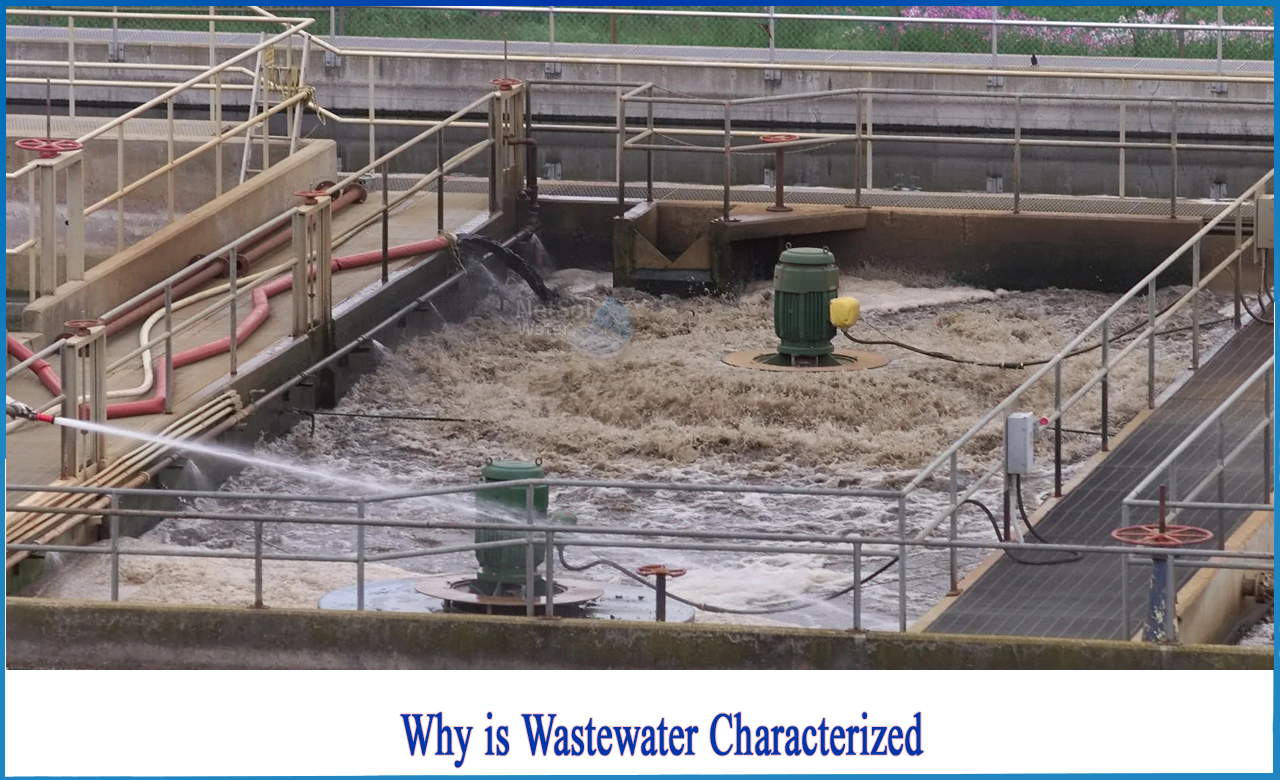Why is wastewater characterized?
To establish the type and concentration of contamination, a characterization of the wastewater must be performed. In addition to general parameters such as pH and conductivity, those that give an idea of the content of organic matter, nutrients (nitrogen and phosphorus), solids in suspension, the toxicity of the wastewater in terms of microorganisms, and more specific parameters related to the type of activity generated by the effluent should be analysed.
Characterization of wastewater
The biochemical oxygen demand (BOD-5) has been commonly used to analyse wastewater to determine the amount of organic matter that microorganisms can assimilate, despite the fact that this parameter is somewhat imprecise (acclimatization of the microorganisms to the wastewater affects the measurement), slow to determine (at least 5 days are required for each measurement), and its use in treatment plant management is impractical.
In contrast, the chemical oxygen demand (COD) is a precise and easily calculated parameter that measures organic components in the wastewater (both biodegradable and non-biodegradable). As a result, it is the most extensively utilized.However, because it measures all organic matter, the data produced is necessary but insufficient for a deeper understanding of the effluent to be treated. A COD fractionation, which provides information about the varied degradation rates of the various COD fractions, should be performed in addition to assessing the aforementioned parameters to obtain a complete and in-depth characterization of the effluent.
What are COD fractions?
The COD fractions most typically considered are those employed in the International Association of Water Quality (IAWQ), namely:
1: Readily biodegradable COD (rbCOD): This percentage, which is comparable to water-soluble COD, is absorbed most quickly by biomass (in a matter of minutes), resulting in a rapid and high oxygen demand. This fraction contains soluble molecules with low molecular weight, such as sugars, alcohols, and fatty acids.
2:Slowly biodegradable COD (sbCOD): This fraction is similar to insoluble biodegradable COD, or particle COD, and is often the biggest biodegradable component. It is made up of soluble molecules with a large molecular weight, colloidal compounds, and solid particles, none of which can be destroyed by biomass. They must first be digested by microorganism-secreted enzymes and transformed into soluble molecules with low molecular weight that can be easily ingested by the cells.
3: Soluble non-biodegradable COD (snbCOD): This fraction is unaffected by biomass contact, undergoes no change throughout treatment, and is discarded with the effluent. If this is the majority of the effluent, biological processes can be ruled out.
4: Particulate non-biodegradable COD (pnbCOD): Although this fraction is not utilized by the biomass, a considerable part of it settles out with the sludge, lowering the outflow concentration relative to the inflow concentration.
Because soluble COD does not entirely correspond to rapidly biodegradable COD and particulate COD does not totally correspond to slowly biodegradable COD, respirometry is the best method for detecting the different fractions. This approach quantifies the amount of oxygen required by the biomass as it degrades the substrates over time, providing very exact information about microbe activity and the rate at which the various substrates are consumed.
Conclusion
This classification of the distinct fractions based on their biodegradability’s leads in a thorough characterization of the organic matter in the wastewater, complementing the other parameters studied. This information is critical during the design stage of wastewater treatment systems since it helps to identify which processes may be efficient and which can be explicitly ruled out.
As a result, full characterization of the wastewater is required in order to proceed with confidence with the treatment-type selection and following design steps.
What do we offer?
Netsol Water is a renowned producer of water and wastewater treatment plants. We have a reputation for being the top commercial RO plant manufacturer, industrial RO plant manufacturer, sewage treatment plant manufacturer, effluent treatment plant manufacturer, and much more. Aside from that, our USP is 24x7 customer assistance.
For further inquiry, or product-purchase-related questions, give us a call on +91-9650608473 or email at enquiry@netsolwater.com.



